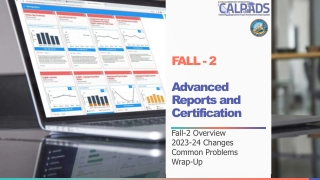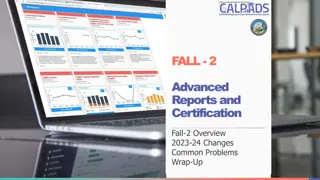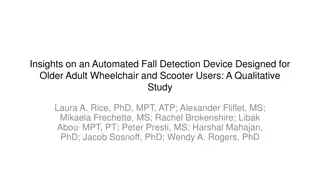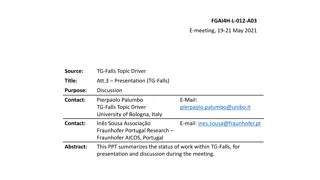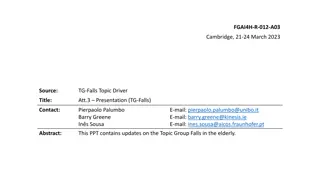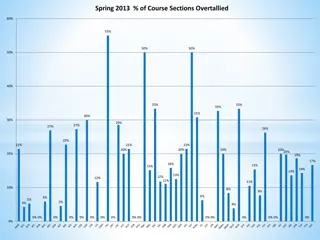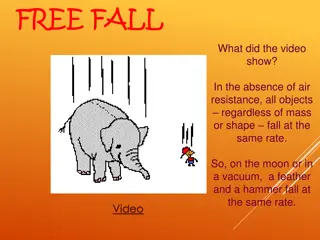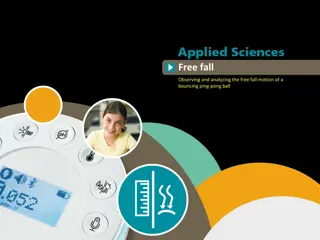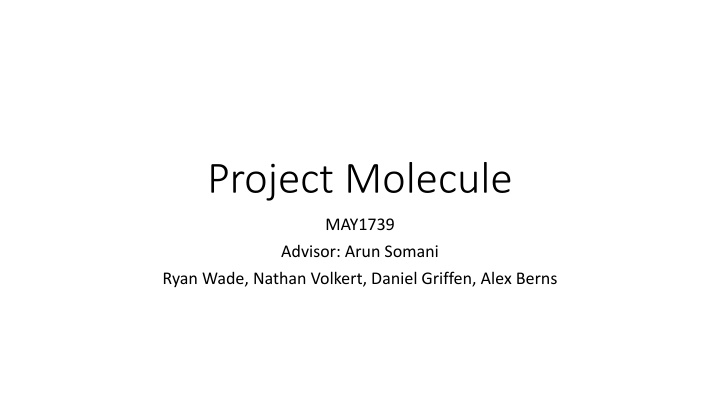
Revolutionizing Smart Home Technology: Project Molecule Innovates Ecosystem Control
"Explore Project Molecule's groundbreaking approach to smart home technology, aiming to overcome existing system limitations, security concerns, and proprietary standards. The project envisions an open-source ecosystem with unified control interfaces and fault-tolerant design, offering a scalable solution for the future. Dive into the market analysis, problem and project statements, functional and non-functional requirements, design considerations, and potential risks and mitigation strategies. Join the journey towards a more connected and efficient smart device landscape."
Download Presentation

Please find below an Image/Link to download the presentation.
The content on the website is provided AS IS for your information and personal use only. It may not be sold, licensed, or shared on other websites without obtaining consent from the author. If you encounter any issues during the download, it is possible that the publisher has removed the file from their server.
You are allowed to download the files provided on this website for personal or commercial use, subject to the condition that they are used lawfully. All files are the property of their respective owners.
The content on the website is provided AS IS for your information and personal use only. It may not be sold, licensed, or shared on other websites without obtaining consent from the author.
E N D
Presentation Transcript
Project Molecule MAY1739 Advisor: Arun Somani Ryan Wade, Nathan Volkert, Daniel Griffen, Alex Berns
Market Analysis - Existing Systems Nest Alexa Home Multimedia Systems
Market Survey - Communication Standards WiFi Bluetooth BLE Mesh ZigBee
Problem Statement Numerous Smart-Home Apps Single Point of Failure Competing Proprietary Standards Security Concerns Cloud Dependent
Project Statement Ecosystem of Smart Devices Open Source Standard Unified Control Interface Fault Tolerant by Design
Functional Requirements - Bonding Bonding Layer Route Messages Facilitate Service Discovery End-to-End Encryption Identity Verification Messages Action to Perform Destination Identifier
Functional Requirements - Atoms Manage Particle Lifecycle Synchronize Particle State Enforce Permissions
Functional Requirements - Particles Common Package Format Action/Permission Manifest Isolation Shared State Multi-Instance Support
Non-functional Requirements Stable API with Documentation No Single Point of Failure Low Latency High Bandwidth Minimal Downtime
Design Considerations - Fault Tolerance Faulty Nodes Synchronization Network Failure Consensus
Potential Risks and Mitigation Complex System Distributed Network Multi-language Project Modularization Continuous Integration Documentation Milestones
Resources/Cost Estimate Open Source Technologies Fall 2016: 425 Man Hours Spring 2016: 600 Man Hours Low Cost Compute Devices
Project Schedule - Fall 2016 Milestone #1 - Architecture System Diagrams Team Requirements - Team Milestone #2 Design & Prototyping API development - Team Hard coded UI Ryan Resource Procurement Nathan Website - Alex Milestone #3 Limited Feature Set Object/class based particles - Nathan CLI Bonding Layer network routing - Daniel Compile time extensibility (not runtime) - Daniel
Project Schedule Spring 2017 Milestone #4 - Configuration Routing Algorithm - Daniel Service Discovery - Daniel Markup Based UI Language Ryan, Alex UI Synchronization - Alex Neutron Creation Milestone #5 Integration Particle Package Atomic Level Integration Milestone #6 Fault Tolerance Security Synchronized Configuration
Server Side: onUIAction() Mock Actions from Another Particle Commit Action to Versioned State Broadcast Action to all Web Clients
Web Client: Layout Receive UI Action Build Layout Changes Re-Synchronize if Error Render Layout
Data Event or Mouse Event Send Event to Server Process in Event Handler Optimistically Update All Clients Render Layout


